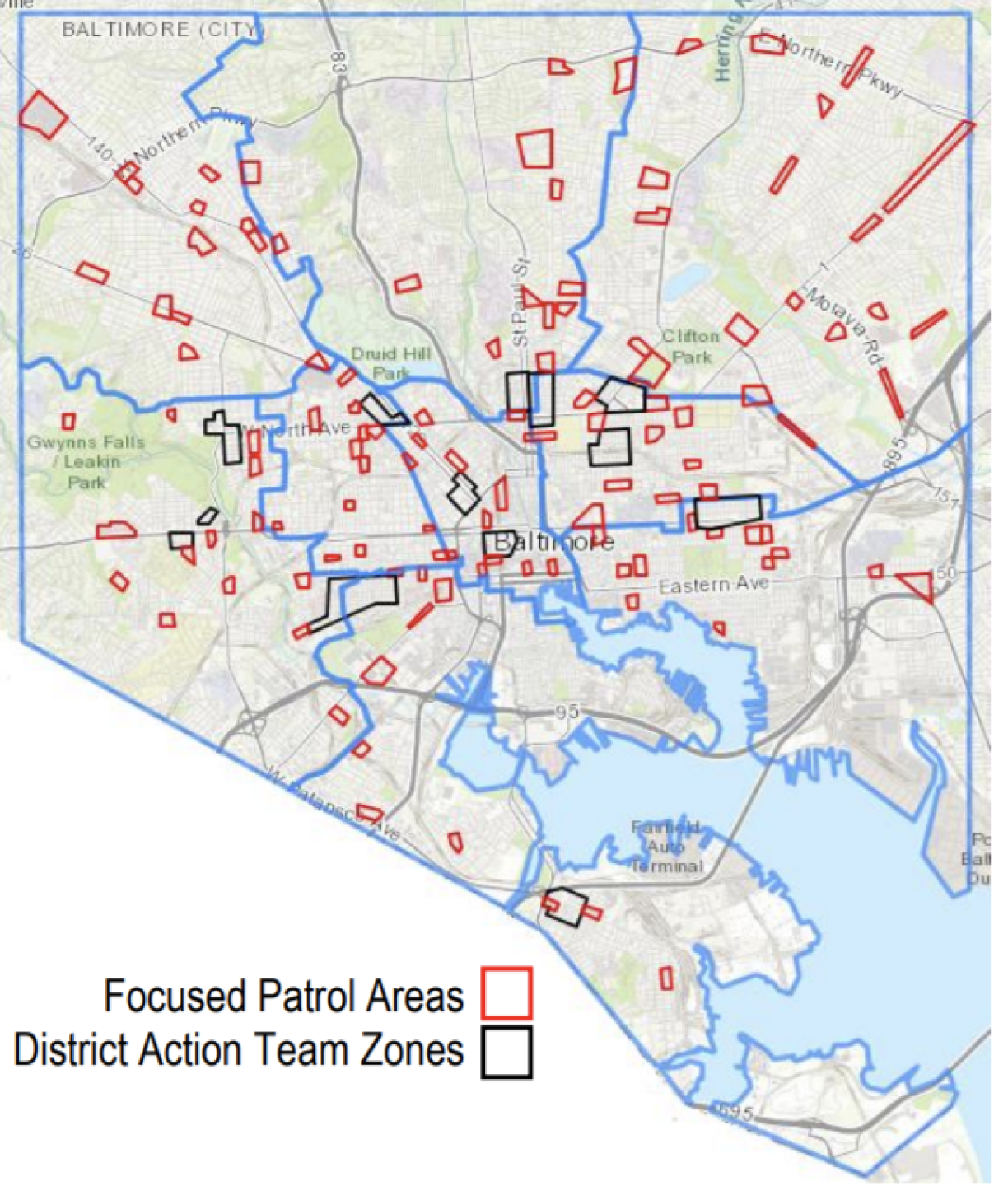BALTIMORE — The Baltimore City Police Department on Wednesday revealed changes to its "microzone," enforcement strategy.
Microzones are certain areas designated by the department as needing special attention due to higher levels of crime.
There were 131 of them but now that number will be cut to 81 to help beef up the number of patrol officers available in addition to strengthening community and police relations.
BALTIMORE MICRO-ZONE REDUCTION | @WMAR2News asked @MayorBMScott & @BaltimorePolice what the city’s approach to quality community engagement looked like as zones have been reduced from 131 to 81.
— Dave Detling (@WMARDave) January 27, 2021
Listen to the question & response⬇️ pic.twitter.com/UXjrthHcFP
Following a review of all the previous zones, several were eliminated due to low incidents of crime while others in close proximity of each other were consolidated.
The change was a longtime much talked about goal of new Mayor Brandon Scott.
“BPD cannot be everywhere at once. This is about quality over quantity, and ensuring accurate, up-to-date data informs our deployment strategy,” said Scott. “We want officers to prioritize historically violent areas, but also want them to have the time and flexibility to be able to address the displacement of crime and to visit areas that may be emerging as places that experience violence."
Here's a comparison of the new and old microzone setups.


While speaking about the new strategy, Baltimore Police Commissioner Michael Harrison said detectives charged 30-year-old Major Kinchen in connection to the murder of Breonna Rogers, who was found dead inside Druid Hill Park on January 19.
Harrison also announced that an arrest warrant had been issued for Lenny Epps, related to a January 22 triple shooting that left 17-year-old Alissa Taylor dead.
City leaders concluded Thursday's conference by officially announcing the Central District's move from E. Baltimore Street over to the old Baltimore Sun building at 501. N. Calvert Street.
The move was announced last April, but officers had their first roll call at the location Monday.



